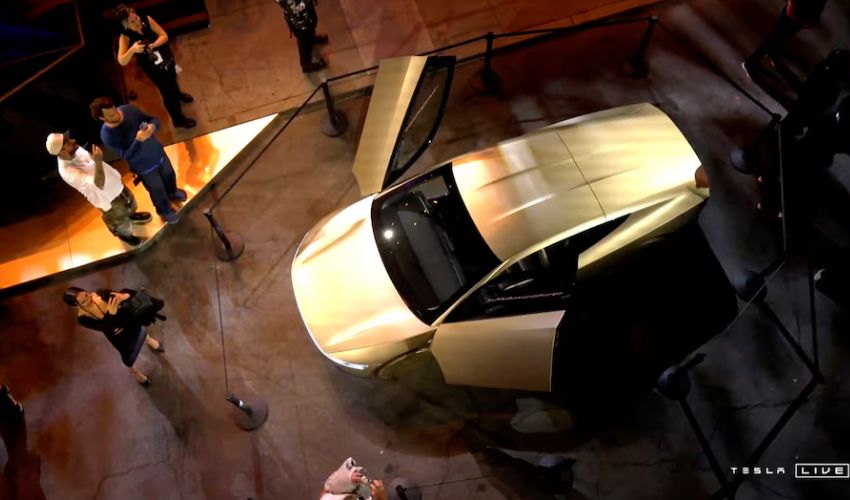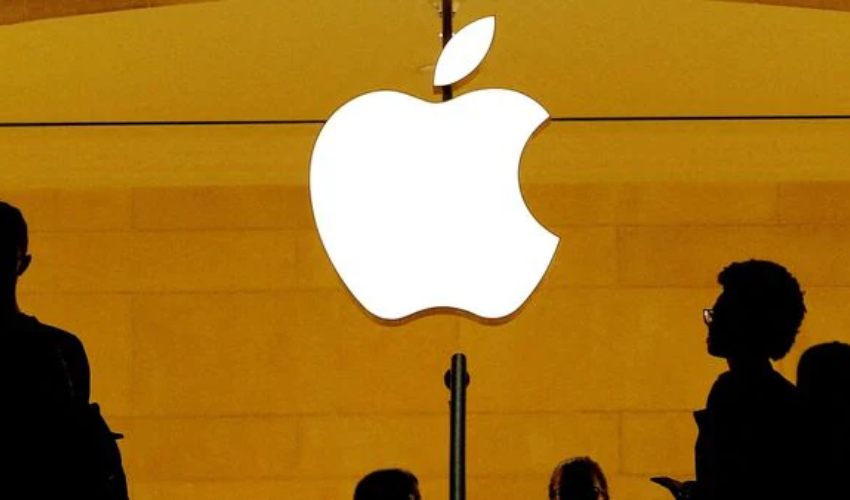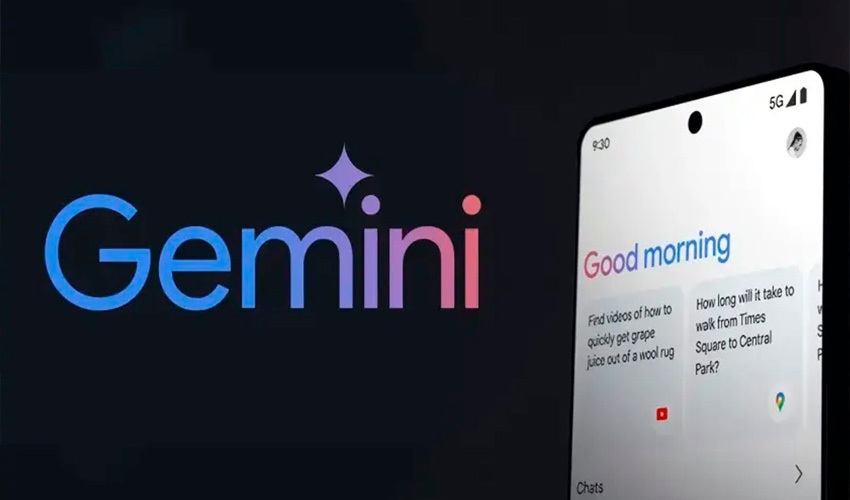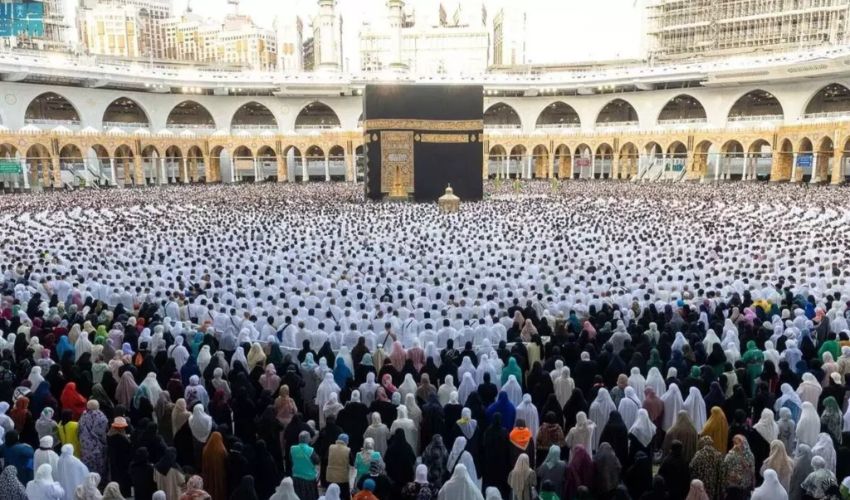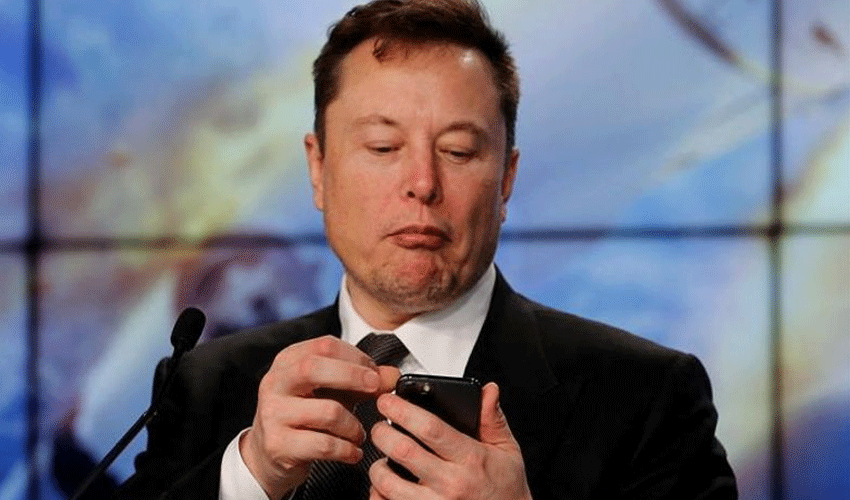Tesla CEO Elon Musk showcased a long-promised robotaxi with two gull-wing doors and without a steering wheel or pedals at a much-hyped event on Thursday, paving the path for what he has bet will drive long-term growth for the electric vehicle maker.
Musk, who arrived at the stage in one of the robotaxis - called Cybercab - said production will start in 2026 and the vehicles will be available for customers to buy for less than $30,000. They will cost 20 cents a mile to operate, he said.
"The vast majority of the time, cars are just doing nothing," he said on stage. "But if they’re autonomous, they could be used five times more, maybe 10 times more."
Enthusiasm around the event has been on display across social media, with screenshots of invites and speculation on what might be disclosed. But investors and analysts have flagged challenges with the technology and reined in expectations.
Stellantis chairperson John Elkann was seen in the crowd along with Musk's younger brother, Kimbal, a social media post showed.
Musk's plan is to operate a fleet of self-driving Tesla taxis called Cybercabs that passengers can hail through an app. Individual Tesla owners will also be able to make money on the app by listing their vehicles as robotaxis.
Thursday's event at the Warner Bros studio near Los Angeles, California, is titled "We, Robot" - an apparent nod to the "I, Robot" science-fiction short stories by American writer Isaac Asimov, but also echoes Musk's insistence that Tesla "should be thought of as an AI robotics company" rather than an automaker.
Those attending will include investors, stock analysts and Tesla fans. Topping their list of questions will be how quickly can Tesla ramp up robotaxi production, at what cost, and, crucially, how much money it can make from the taxi business.
Eyes will also be on progress the company has made with the partial automation software it markets as Full Self-Driving that company watchers expect to underpin its robotaxis.
Musk could also give details on cheaper versions of Tesla's current EVs as well as updates on its humanoid robot Optimus.
MISSED PROMISES
Musk said in 2019 he was "very confident" the company would have operational robotaxis by the next year. After missed promises, Musk this year diverted his focus to developing the vehicles after scrapping plans to build a smaller, cheaper car widely seen as essential to countering slowing EV demand.
Tesla is at risk of posting its first-ever decline in deliveries this year as buying incentives have failed to attract enough customers to its aging EV lineup. Steep price cuts meant to offset high interest rates have also squeezed profit margins.
To convince investors that Tesla can keep up the blistering pace of growth it reported several quarters back, analysts said Musk needs to show a prototype and provide detailed plans on how Tesla can overtake rivals such as Alphabet's Waymo, which operates uncrewed robotaxis ferrying paying passengers in a few U.S. cities.
Complicated technology and tight regulation have led to billion of dollars in loss for other companies attempting to crack the robotaxi market, forcing some to shut shop.
Some are still pushing, including General Motors' GM.N Cruise, Amazon's Zoox and Chinese firms such as WeRide.
Unlike expensive hardware such as lidar that others use, Musk is relying only on cameras and AI to run FSD to keep costs down. But FSD, which requires constant driver attention, has faced regulatory and legal scrutiny with at least two fatal accidents involving the technology.





